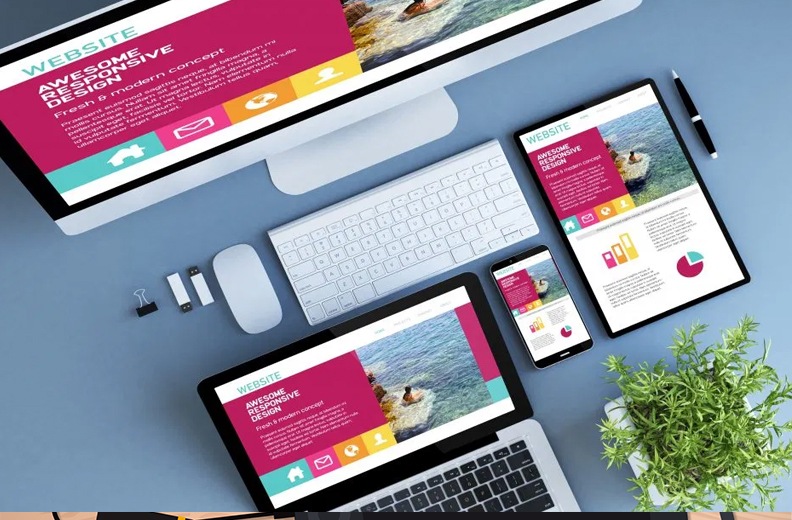- Have any questions?
- (Prasad) +91 96191 46851 | (Parag) +91 99878 20022
- support@pnpwebdesign.com
Crafting Simplicity: The Art of Web Page Design

Decoding Web Page Design Prices: Understanding Costs and Factors
April 3, 2024
Unraveling the Genius of a Web Programming Company: Crafting Digital Excellence
April 3, 2024Crafting Simplicity: The Art of Web Page Design

In the fast-paced digital world, simplicity reigns supreme when it comes to web page design. A simple, intuitive interface not only enhances user experience but also drives engagement and conversion. In this blog post, we’ll explore the principles of simple web page design, highlighting its importance, key elements, and best practices for creating impactful digital experiences.
-
Understanding Simple Web Page Design:

At its core, simple web page design focuses on clarity, usability, and minimalism. It involves stripping away unnecessary elements and complexities to deliver a clean and straightforward user interface. By prioritizing simplicity, web designers aim to eliminate distractions and guide users seamlessly through the browsing journey.
-
Importance of Simplicity:
Simple web page design is essential for capturing and retaining user attention in today’s cluttered online environment. With the average attention span of users decreasing, a clutter-free interface ensures that visitors can quickly find what they’re looking for and accomplish their goals with ease. Moreover, simplicity fosters a sense of trust and professionalism, enhancing the overall credibility of the website.
-
Key Elements of Simple Web Page Design:
a. Clean Layout:
A simple web page design starts with a clean and organized layout, with ample whitespace to allow content to breathe.
b. Minimalist Navigation:
Navigation menus should be concise and intuitive, making it easy for users to navigate the website without feeling overwhelmed.
c. Clear Typography:
Legible fonts and appropriate font sizes contribute to the simplicity of a website page design, ensuring that content is easily readable across devices.
d. Visual Hierarchy:



Establishing a clear visual hierarchy guides users’ attention to the most important elements on the page, such as headings, calls-to-action, and key information.
e. Limited Color Palette:
Restricting the color palette to a few complementary hues enhances visual consistency and simplicity, while also promoting brand recognition.
-
Best Practices for Simple Website Page Design:
a. Prioritize User Experience:
Put yourself in the shoes of your target audience and design the website with their needs and preferences in mind.
b. Optimize for Mobile:
With the increasing prevalence of mobile browsing, ensure that your website is responsive and optimized for various screen sizes.
c. Streamline Content:
Keep content concise and focused, using bullet points, headings, and white space to break up text and improve readability.
d. Test and Iterate:
Continuously test your website’s design with real users and gather feedback to identify areas for improvement and refinement.
-
Case Studies:
a. Airbnb:



The travel booking platform’s website features a simple and intuitive interface that allows users to search for accommodations seamlessly.
b. Dropbox:
Dropbox’s website utilizes clean design and clear messaging to convey its value proposition and encourage sign-ups.
-
Conclusion: Web page design simple
In conclusion, simple website page design is a powerful strategy for creating engaging and effective digital experiences. By embracing simplicity and focusing on usability, web designers can captivate audiences, drive conversions, and leave a lasting impression on users. As the digital landscape continues to evolve, simplicity will remain a guiding principle for crafting compelling web page designs that stand the test of time.





